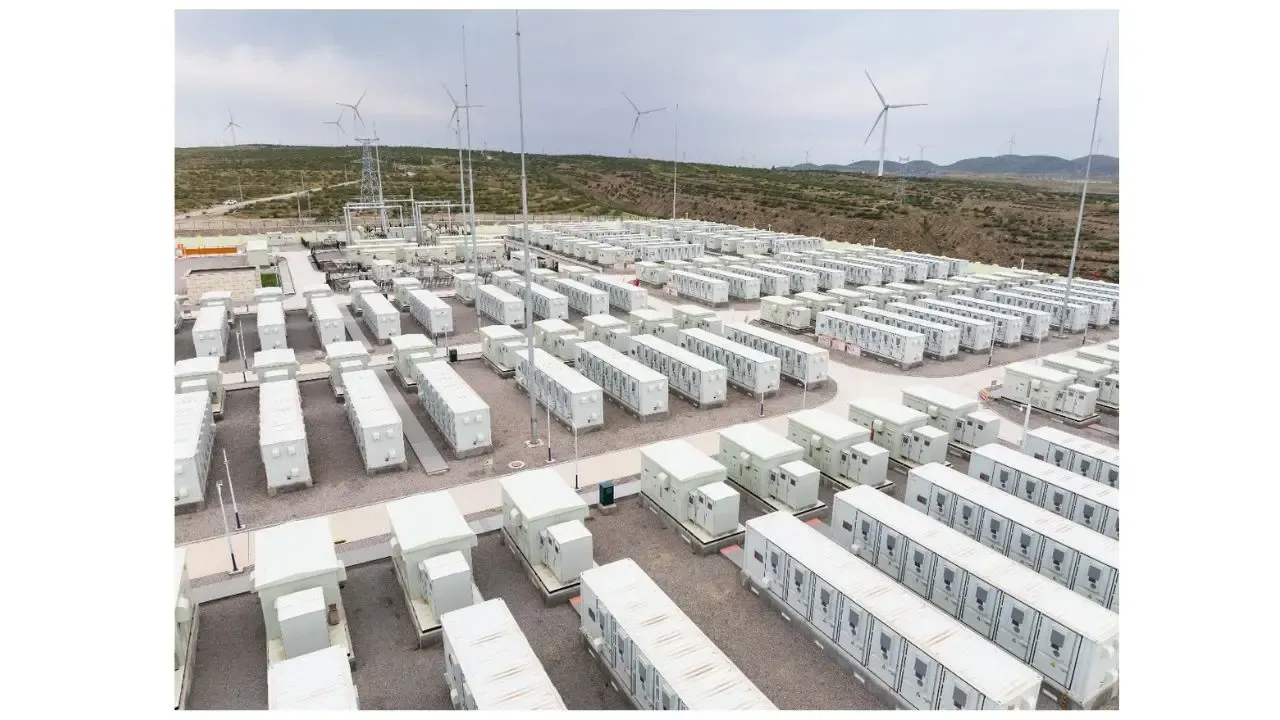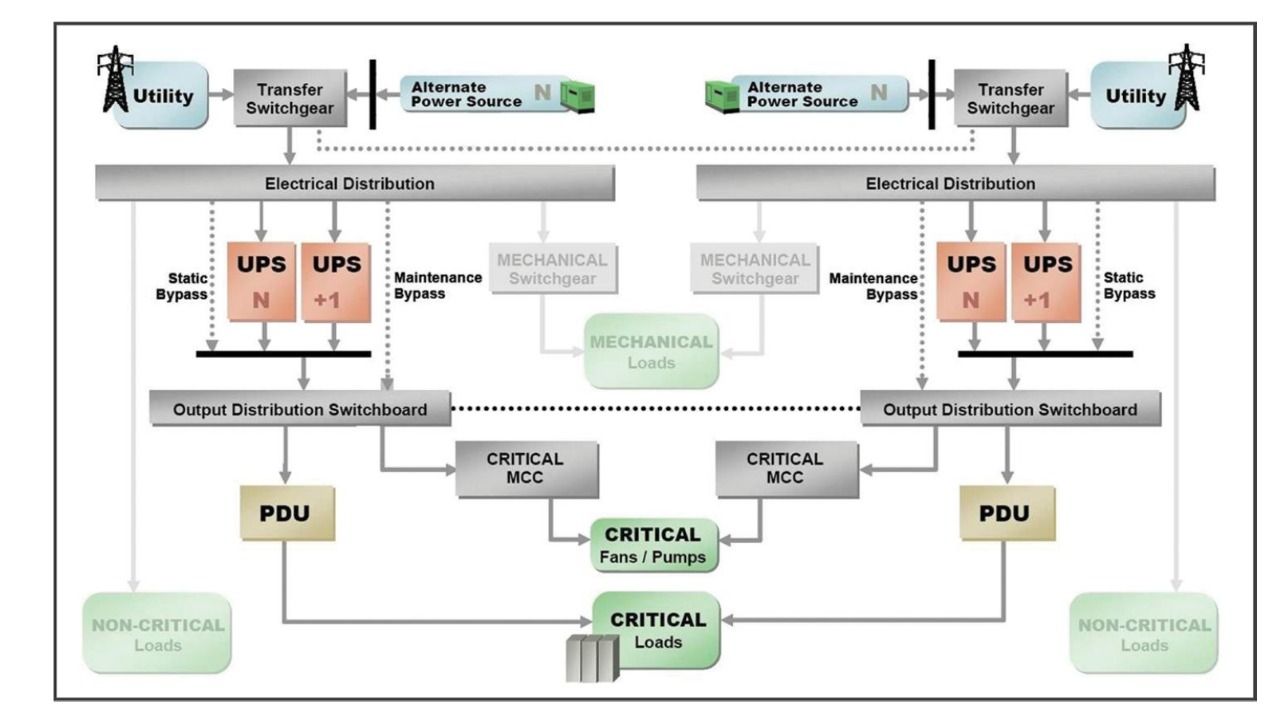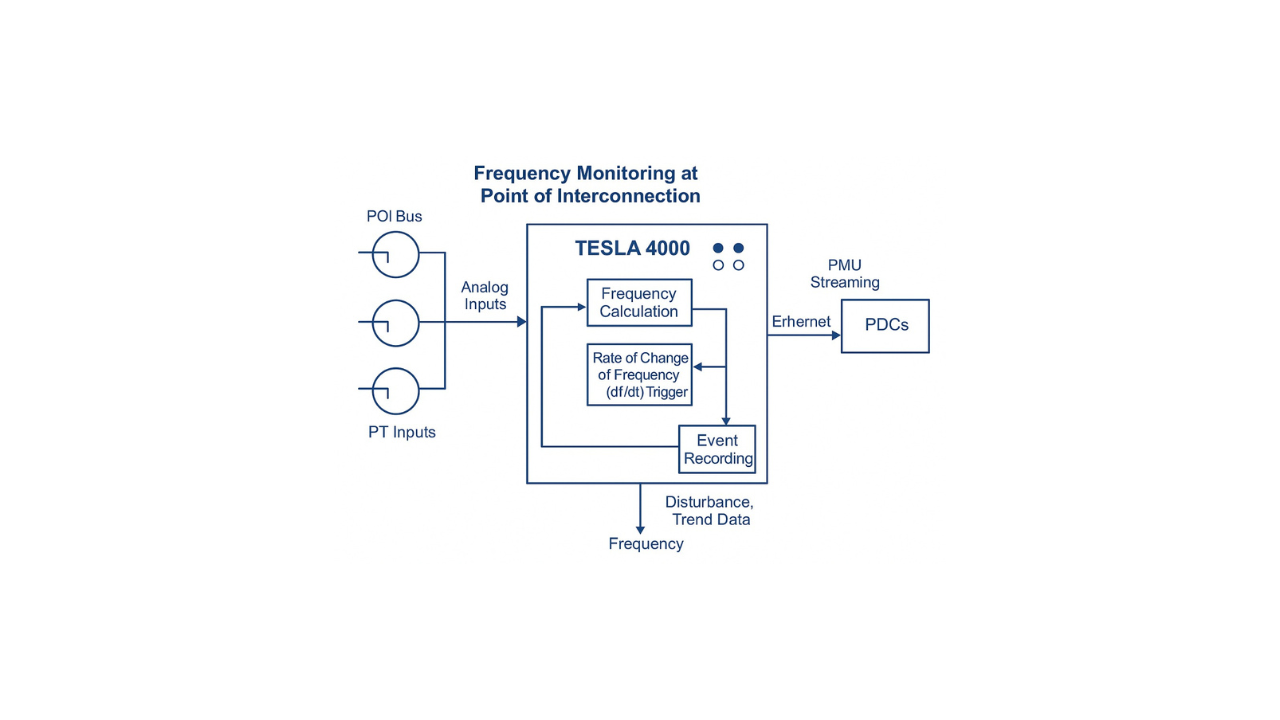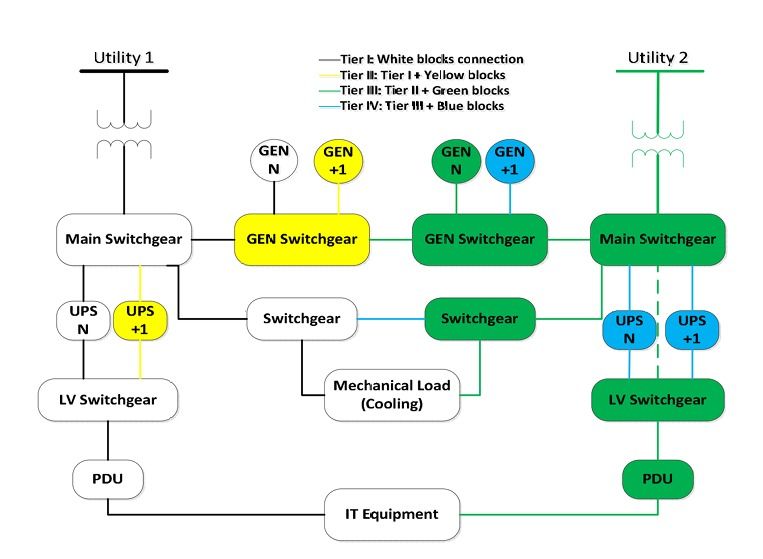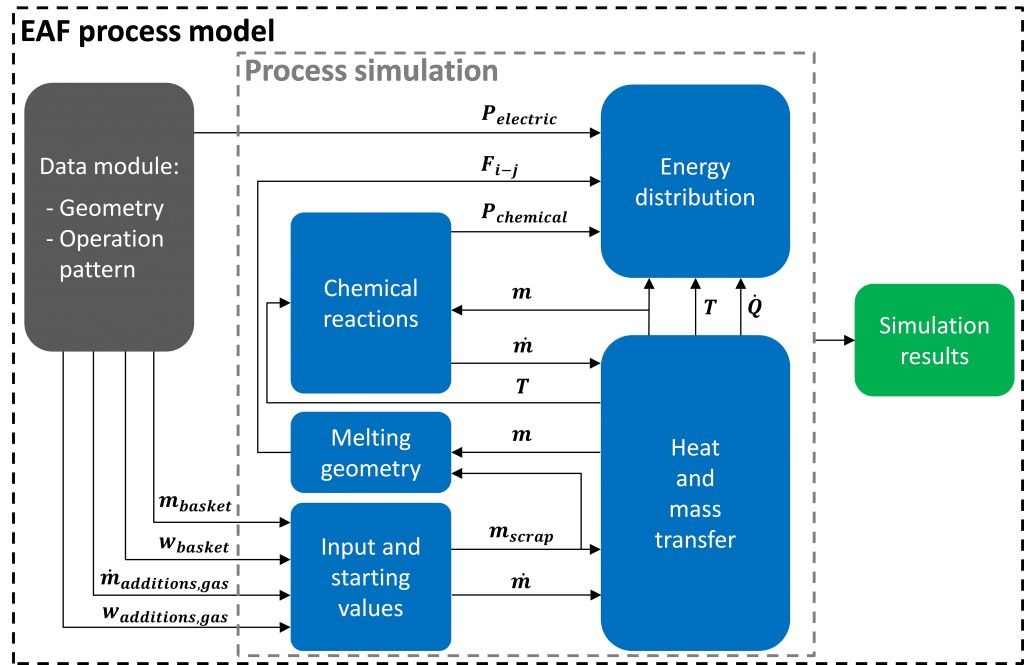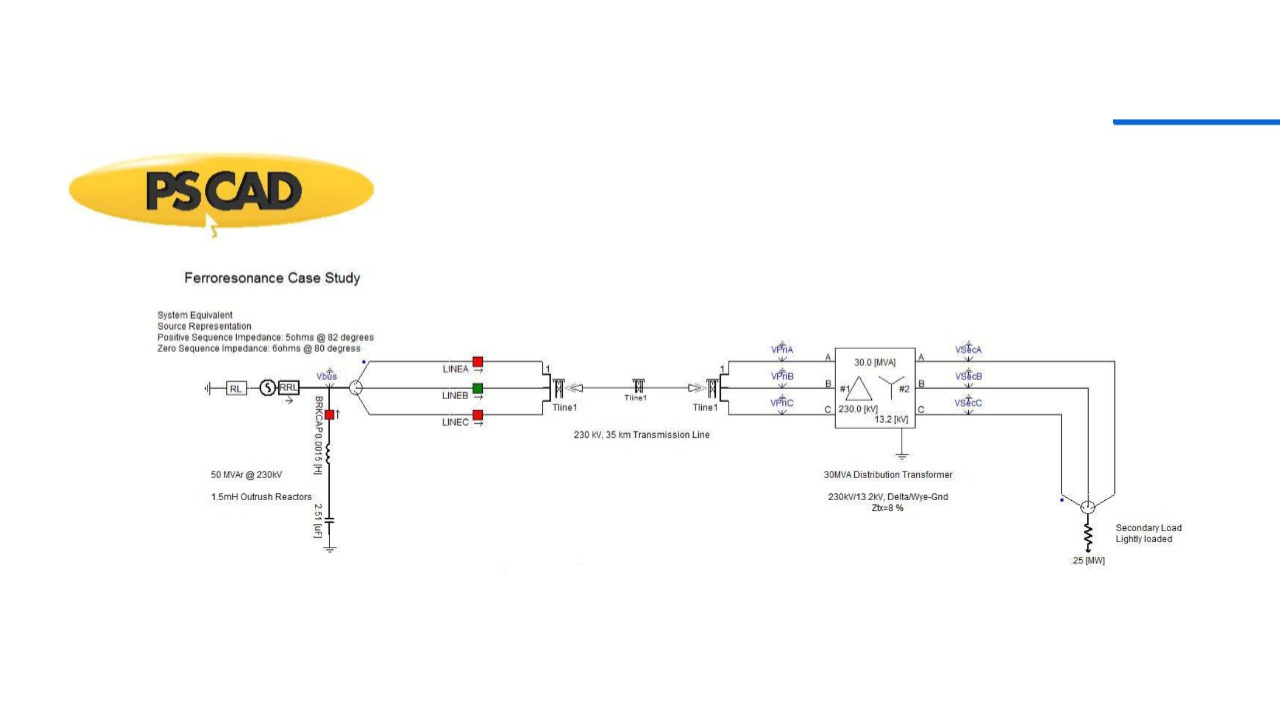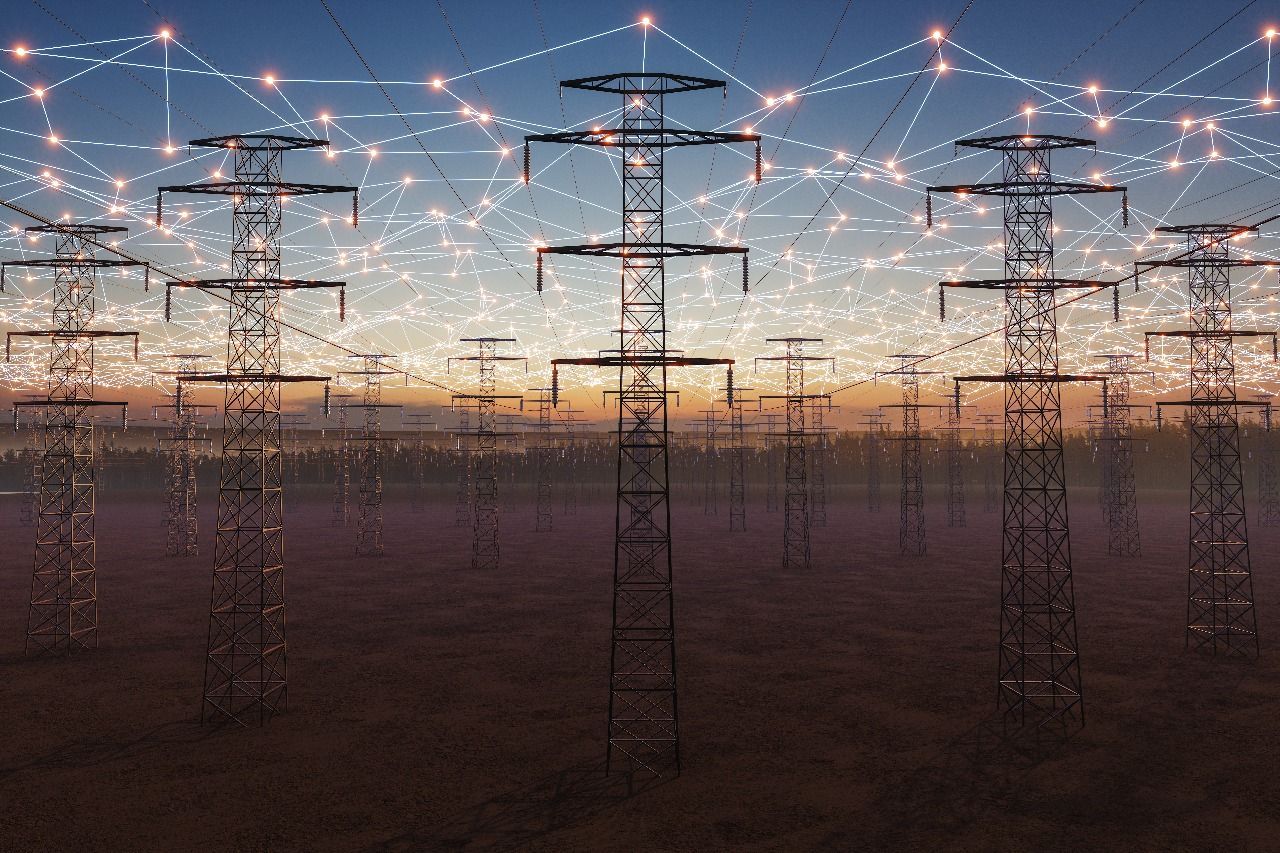Power Trends 2025 — Navigating the Future of New York’s Electric Grid
June 9, 2025 | Blog
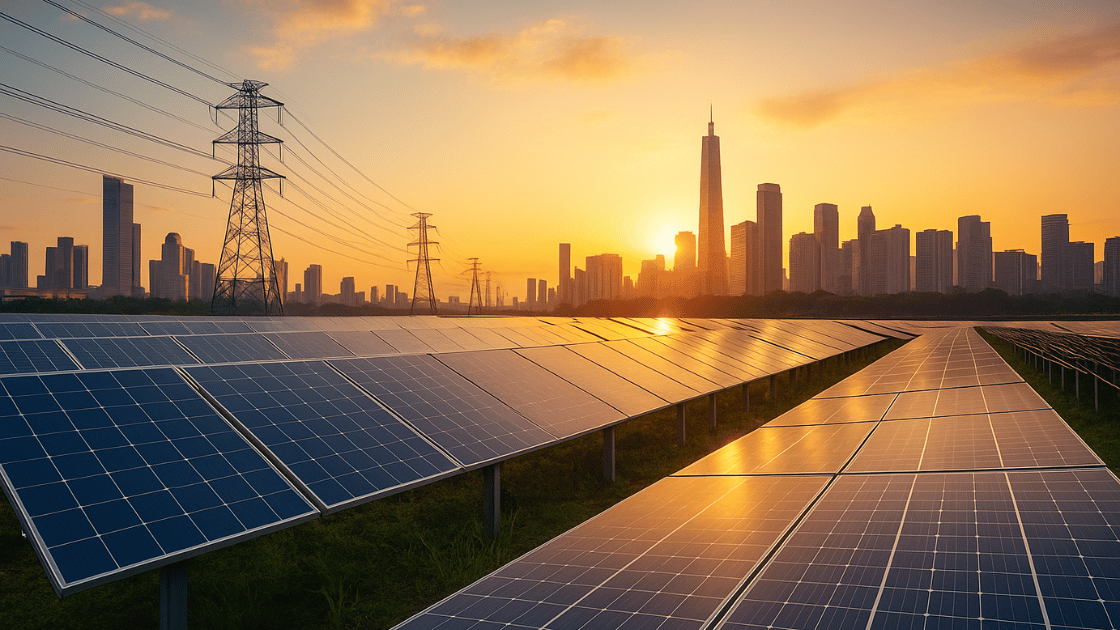
Introduction
New York’s electric grid is undergoing a profound transformation. With emerging technologies, aggressive climate goals, and rising electricity demand driven by electrification and economic growth, grid reliability is becoming increasingly complex.
The Power Trends 2025 report by the New York Independent System Operator (NYISO) provides critical insights into how the grid is changing — including key risks and opportunities for developers, utilities, and regulators. This article breaks down the report’s most important themes and what they mean for grid stakeholders across the state.
The Evolving Grid Landscape
Historical Context
New York’s grid traces its roots back to Thomas Edison’s 1882 electrification of Manhattan. Today, the state’s power system serves nearly 20 million residents through more than 450 generating stations and 11,000 miles of transmission lines.
Emerging Drivers Reshaping the Grid
Several factors are driving transformation in 2025:
- Data center and AI load growth: Over 20 large load projects (~4,400 MW) are requesting interconnection.
- CLCPA-driven decarbonization: The Climate Leadership and Community Protection Act is accelerating the retirement of fossil fuel plants.
- Aging generation assets:
More than 25% of the generation fleet is over 50 years old, leading to increased outages.
- Modernization efforts:
Investment in renewables, battery storage, and grid-enhancing technologies is rising rapidly.
These dynamics reflect national trends we support through our NERC Compliance and Power System Studies services.
Declining Reliability Margins
What Are Reliability Margins?
Reliability margins are the extra capacity available above expected peak demand. They act as a safety buffer during emergencies such as heatwaves or sudden equipment failures.
Why Are Margins Shrinking?
The NYISO report points to several causes:
- Retirement of aging fossil fuel plants
- Delays in clean energy integration
- Surging demand from large interconnection requests
Even though 2,707 MW is expected to be added through upgrades, more than 4,300 MW has already been retired — a net loss.
The Winter Reliability Challenge
What’s Changing?
As New York electrifies heating and transportation, winter becomes surpass summer as the grid’s seasonal peak by 2040.
Key Risks
- Natural gas constraints during extreme cold
- Limited dual-fuel capability at existing plants
To address this, NYISO and the New York State Reliability Council are requiring winter-specific planning models
— an area supported through our
Power System Studies.
Aging Generation Fleet
More than 10,000 MW of New York’s generating capacity has operated for over five decades. This leads to:
- Higher maintenance costs
- More frequent unplanned outages
- Delays in renewable integration
The Role of Repowering
Repowering old power plants can:
- Improve efficiency and reliability
- Lower emissions
- Serve as a flexible solution during the transition to clean energy
We help developers navigate this transition through POI Interconnection Support.
Renewable Integration and Interconnection
A Crowded Queue
As of 2025, nearly 240 renewable projects (~35,000 MW) are awaiting interconnection. This backlog illustrates strong interest, but also highlights grid bottlenecks.
Cluster Study Reform
NYISO’s new Cluster Study process:
- Groups projects together for analysis
- Improves transparency and timelines
- Prioritizes commercially ready projects
Despite reforms, upgrade requirements in congested areas remain a challenge. We provide Utility-Scale Solar engineering services to help navigate these issues.
Competitive Markets and Grid Innovation
Why Markets Matter
NYISO’s competitive market system:
- Sends real-time pricing signals
- Encourages private investment
- Supports grid innovation (like energy storage)
Recent Advancements
- Dynamic reserves for renewable variability
- Battery storage modeling improvements
- Seasonal reforms to the capacity market
Managing Large Loads and Electrification
Industrial Growth
By 2035, New York expects an additional 2,567 MW in demand from:
- Data centers
- Semiconductor factories
- Electric vehicles and electrified buildings
Planning Challenges
With industrial loads changing fast, grid planners face growing uncertainty. Our team provides Substation Design and load flow studies to help utilities adapt flexibly.
Regional Imports and Grid Flexibility
Cross-Border Power Flows
In 2024, New York imported nearly 38,785 GWh — much of it from Canada. Projects like the Champlain Hudson Power Express (CHPE) are key to balancing regional supply and demand.
Maintaining Stability
Grid flexibility is maintained through:
- Voltage support systems
- Reactive power control
- Infrastructure upgrades for dynamic load balancing
What’s Next in 2025?
NYISO’s reliability planning schedule includes:
- STAR Report (Short-Term Assessment of Reliability): July & October 2025
- Winter Reliability Assessment: November 2025
- Comprehensive Reliability Plan (CRP): December 2025
These updates will provide guidance to utilities, developers, and regulators shaping the grid’s evolution.
Conclusion
The Power Trends 2025 report paints a complex picture: aging assets, rising loads, decarbonization targets, and winter reliability risks. Success will depend on:
- Coordinated utility planning
- Targeted grid upgrades
- Innovation in markets, storage, and interconnection
At Keentel Engineering, we help utilities, developers, and regulators align with evolving standards — from NERC Compliance to Utility-Scale Solar support.
Why Choose Keentel Engineering?
At Keentel Engineering, we combine regulatory insight, engineering precision, and deep market experience. Here's what sets us apart:
- 27+ years of industry experience supporting utilities and developers
- Dedicated teams for
NERC compliance, substation design, and grid integration
- Proven success in navigating interconnection, repowering, and large load growth
- Trusted partner for NYISO-aligned planning and engineering
We’re more than just consultants — we’re your grid strategy partner.
Frequently Asked Questions (FAQ)
What will happen in 2025 with the electricity?
In 2025, renewables like solar, wind, and hydropower are expected to meet about 95% of new electricity demand growth globally. Renewables will supply over one-third of total electricity generation, overtaking coal.
When will the power grid go down in 2025?
There is no set date or forecast for a grid "going down" in 2025. However, shrinking reliability margins and winter peaks are increasing the risk of outages during extreme conditions. That’s why NYISO and grid operators are focused on infrastructure upgrades and winter-specific planning.
What is the outlook for utilities in 2025?
Utilities are becoming more data-driven and proactive. In 2025, many are using advanced platforms to forecast demand, detect faults early, and enhance customer service during outages.
What’s the future of energy in the US?
The U.S. grid is expected to triple its clean energy capacity by 2035, with wind and solar delivering 60–80% of electricity. This transition will also require widespread energy storage and advanced grid infrastructure.
What is the next big thing in energy?
Energy storage — particularly batteries — is the next big thing. It enables renewable energy to be used when the sun isn’t shining or the wind isn’t blowing, stabilizing the grid and reducing fossil fuel reliance.
Ready to Future-Proof Your Grid Strategy?
Let’s get started. From interconnection studies to long-term planning and winter reliability, we deliver full-scope engineering that drives results.
Contact Keentel Engineering today for customized grid support.
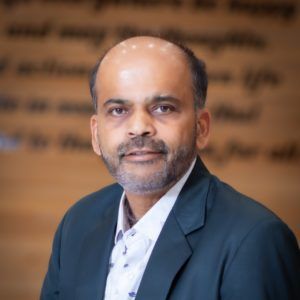
About the Author:
Sonny Patel P.E. EC
IEEE Senior Member
In 1995, Sandip (Sonny) R. Patel earned his Electrical Engineering degree from the University of Illinois, specializing in Electrical Engineering . But degrees don’t build legacies—action does. For three decades, he’s been shaping the future of engineering, not just as a licensed Professional Engineer across multiple states (Florida, California, New York, West Virginia, and Minnesota), but as a doer. A builder. A leader. Not just an engineer. A Licensed Electrical Contractor in Florida with an Unlimited EC license. Not just an executive. The founder and CEO of KEENTEL LLC—where expertise meets execution. Three decades. Multiple states. Endless impact.
Services

Let's Discuss Your Project
Let's book a call to discuss your electrical engineering project that we can help you with.

About the Author:
Sonny Patel P.E. EC
IEEE Senior Member
In 1995, Sandip (Sonny) R. Patel earned his Electrical Engineering degree from the University of Illinois, specializing in Electrical Engineering . But degrees don’t build legacies—action does. For three decades, he’s been shaping the future of engineering, not just as a licensed Professional Engineer across multiple states (Florida, California, New York, West Virginia, and Minnesota), but as a doer. A builder. A leader. Not just an engineer. A Licensed Electrical Contractor in Florida with an Unlimited EC license. Not just an executive. The founder and CEO of KEENTEL LLC—where expertise meets execution. Three decades. Multiple states. Endless impact.
Leave a Comment
We will get back to you as soon as possible.
Please try again later.
Related Posts



